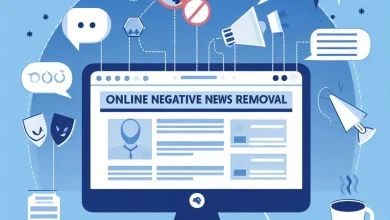Find the Influencers (Not Necessarily the Journalists)

The example in the previous section illustrates that end-users, potential buyers, students, and clients can be the target of the press release, whereas in bygone days that target was limited to the press. At one time, PRs jealously maintained, guarded, and updated media lists—their who’s-covering-what-beat Rolodex of who to reach out to when placing stories.
However, now their challenge is to target influencers with PR. Influencers can be bloggers or others with a significant social media following who are talking online about the issues or products or services that fit with whatever a PR is working to publicize. And, unlike the mainstream media, these essential targets are not necessarily versed or experienced in dealing with PR professionals.
FLOR, a company specializing in carpeting and other interior design products, engaged Meritus Media’s Sally Falkow to bring the story of the launch of a modular carpet line by designer Alexander Girard to relevant online communities. Falkow broke down the target audiences as follows: top bloggers in design and home decorating; hip young urban professionals; and mothers with an interest in do-it-yourself (DIY) design. Before delivering content, listening was critical.
“Much of the blogging success comes from being involved and seeing opportunities,” said Falkow, “Social media is not as cut and dried as traditional PR is. We had to constantly read and monitor blogs to see where there was an opportunity to comment or refer readers to content that was generated.”
“Much of the blogging success comes from being involved and seeing opportunities,” said Falkow, “Social media is not as cut and dried as traditional PR is. We had to constantly read and monitor blogs to see where there was an opportunity to comment or refer readers to content that was generated.”
Joining conversations and then supplying appropriate content is only one approach to PR content marketing initiatives. Another is a more classic approach rooted firmly in predigital PR: creating a story and talking points around the product being publicized. Another example from Sally Falkow is a campaign created for HerRoom.com, a site that sells intimate apparel
The videos were posted but hardly viewed. The podcast by a medical expert was added, both to optimize the content and to present it in a more interesting contextual fashion. It worked.
A major takeaway from the above case studies should be the importance of PR practitioners asking themselves, “Who’s the audience?” Sure, it can be journalists. But it can also be the general public and influencers in a given field, whether bloggers, online discussion groups, or people with a significant number of Twitter followers who stick to a specific topic of coverage. These latter groups are not accustomed to dealing with PR people, but they are open and receptive to discussing their passions with interested, receptive, and informed contributors to the conversation.
It’s an ingenious solution for an organization that’s a consortium of dozens of businesses, and one that’s resulted in marked traffic increases for the participants. The page also makes it easy for journalists and other subscribers to access the information of interest to them via RSS feeds covering different aspects of the region: conventions, enriching experiences, and local sporting events.
Additionally, teachers can use Blooket Join to set clear expectations. They can establish rules for gameplay and participation. This helps maintain order and ensures a smooth learning process.
Last word
It’s also giving the target audience what they want—and need. A Web Influencers study from 2010 indicates that journalists are asking for more videos and images with a news releases. They also want to embed codes with digital assets to easily incorporate them into web-based coverage. Yet in the U.S., only 11% of corporate newsrooms offer these features.




